Sodium Gluconate Cas 527-07-1
Chemical Name: Sodium Gluconate
CAS No.: 527-07-1
Molecular Formula: C6H13NaO7
Molecular Weight: 220.15
发送询盘
Description
Sodium Gluconate Details
Chemical Name: Sodium Gluconate
Synonyms: D-Gluconic acid, monosodium salt; Gluconic acid sodium salt
CAS No.: 527-07-1
Molecular Formula: C6H13NaO7
Molecular Weight: 220.15
Molecular?Structure:
Appearance: white crystal
Sodium Gluconate Typical Properties
Melting point
170-175 ??C
Specific rotation
[??]D20 +11??+13?? (c=10, H2O)
Appearance
White to light beige?Crystalline Powder
Solubility
H2O: 0.1?g/mL, clear
PH
7.0-8.0 (100g/l, H2O, 20??)
Sodium Gluconate Usage
1. Sodium gluconate can be used as an efficient chelating agent in construction, textile printing and dyeing, metal surface treatment and water treatment industries, steel surface cleaning agent, glass bottle cleaning agent, electroplating industrial aluminum oxygen coloring, and in the concrete industry as an efficient retarder, high efficiency Water reducing agent, etc.
2. Food Industry
It can replace table salt and is widely used in salt-free soy sauce, bread and other food fields;
It can Improve food flavor: Sodium gluconate has the functions of masking the bitter taste of food, shielding odor, improving taste, etc., and has a significant effect on improving the flavor of food.
Sodium Gluconate Packaging and Shipping
Packing: 25KG/Drum
Sodium Gluconate Storage
Keep container tightly closed in a dry and well-ventilated place. Store in cool place.
| 5 |
|
0 |
| 4 |
|
0 |
| 3 |
|
0 |
| 2 |
|
0 |
| 1 |
|
0 |
- 2
- 2-diallylpent-4-en-1-amine
- 4
- 95-16-9
- Ammonium sulfamate
- Benzothiazole
- cas:67889-00-3ح2
- cas:83524-75-8 | pigment black 32
- cas:928836-00-4 | 2
- cas:932745-70-5 | 4
- Chemical Minerals
- Coconut diethanolamide
- Daily Chemicals
- discount
- for sale
- General pvc resin
- hexyl D-glucoside
- in stock
- Lauramidopropyl betaine
- LAURIC ACID MONOETHANOLAMIDE
- Petroleum Additives
- Plasticiser
- Ploymers
- price
- PVC
- quotation
- Raw Materal
- Remove term: Petroleum Additives Petroleum Additive
- SODIUM ETHYL 2-SULFOLAURATE
Related Products
Chemical Name: Quercetin-3-O-sophoroside
CAS No.: 18609-17-1
Molecular Formula: C27H30O17
Molecular Weight: 626.52
Chemical Name: o-Xylene
Synonyms: 1,2-Dimethylbenzene; ortho-xylene
CAS No.: 95-47-6
Molecular Formula: C8H10
Molecular Weight: 106.17
Chemical Name: Dehydrocholic acid
Synonyms: Acide dehydrocholique; Triketocholanic acid
CAS No.: 81-23-2
Molecular Formula: C24H34O5
Molecular Weight: 402.53
Appearance: Powder
Chemical Name: LACTITOL
CAS No.: 585-86-4
Molecular Fomula: C12H24O11
Molecular weight:?344.31
Appearance:?White crystalline powder
Assay: 98.0%-101.0%
Chemical Name: Disodium Hydrogen Citrate Sesquihydrate
Cas No.: 6132-05-4
Appearance:?White Powder
Assay??99%
Chemical Name: Imazalil Sulfate
CAS No.: 58594-72-2
Molecular Formula: C14H14Cl2N2O.H2SO4
Molecular Weight: 395.26
Appearance: Solid
Chemical Name: Polyglycerol-10 decanoate
CAS No.: 145268-65-1
Appearance:?Colorless to light yellow viscous liquid
Assay: 98%
Chemical Name: Arabic gum
CAS No.: 9000-01-5
Appearance: powder
Microcrystalline cellulose is a purified, partially depolymerized cellulose that occurs as a white, odorless, tasteless, crystalline powder composed of porous particles. It is commercially available in different particle sizes and moisture grades that have different properties and applications.
Microcrystalline cellulose and carboxymethylcellulose sodium occurs as a white or off-white odorless and tasteless hygroscopic powder containing 5?C22% sodium carboxymethylcellulose. It is a water-dispersible organic hydrocolloid.
Monostearin is a versatile emulsifier and emollient derived from glycerol and stearic acid. It is instrumental in stabilizing emulsions and enhancing the texture and consistency of a wide range of products in the cosmetics, food, and pharmaceutical sectors.
Chemical Name: STODDARD SOLVENT
CAS No.: 64742-88-7
Appearance: Colorless or Light Yellow Liquid
Hydrogenated lecithin is light yellow or milky white powder. Due to the use of catalysis and hydrogenation processes, the unsaturated chains of unsaturated fatty acids in the molecular structure of soybean lecithin disappear, thereby greatly improving the chemical stability, dispersibility, and emulsification of lecithin. It has decolorization and deodorization effects, which is more conducive to storage and preservation, and improves its role in medicine, high-end cosmetics, and light industry. It is especially suitable for intravenous fat emulsifiers and nutrients. It is used as a blood lipid emulsifier to prevent arteriosclerosis, and has the advantages of being easy to digest, easy to absorb, and almost not remaining in the internal organs.

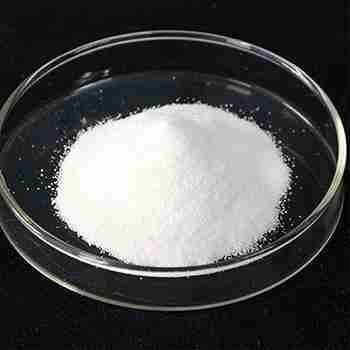





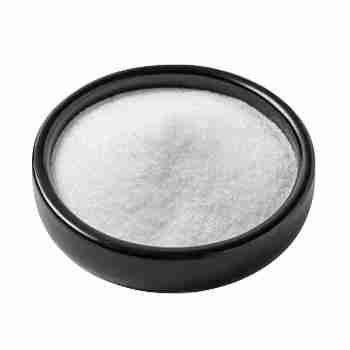
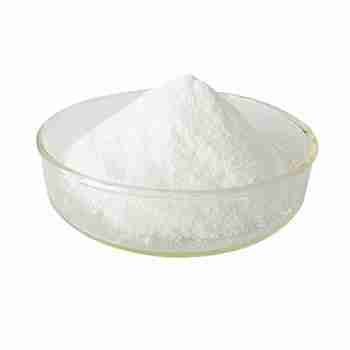

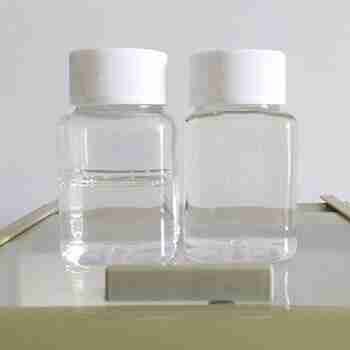




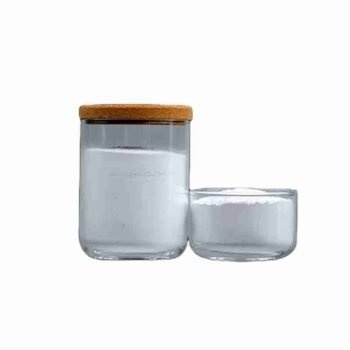



Reviews
There are no reviews yet.